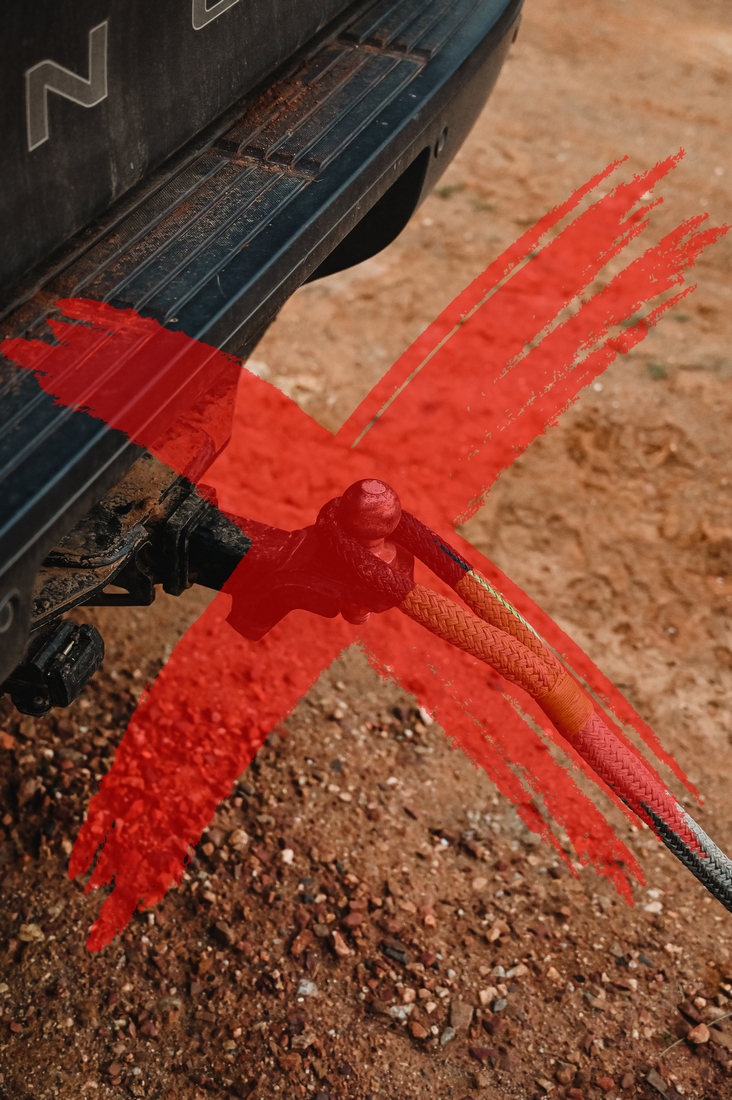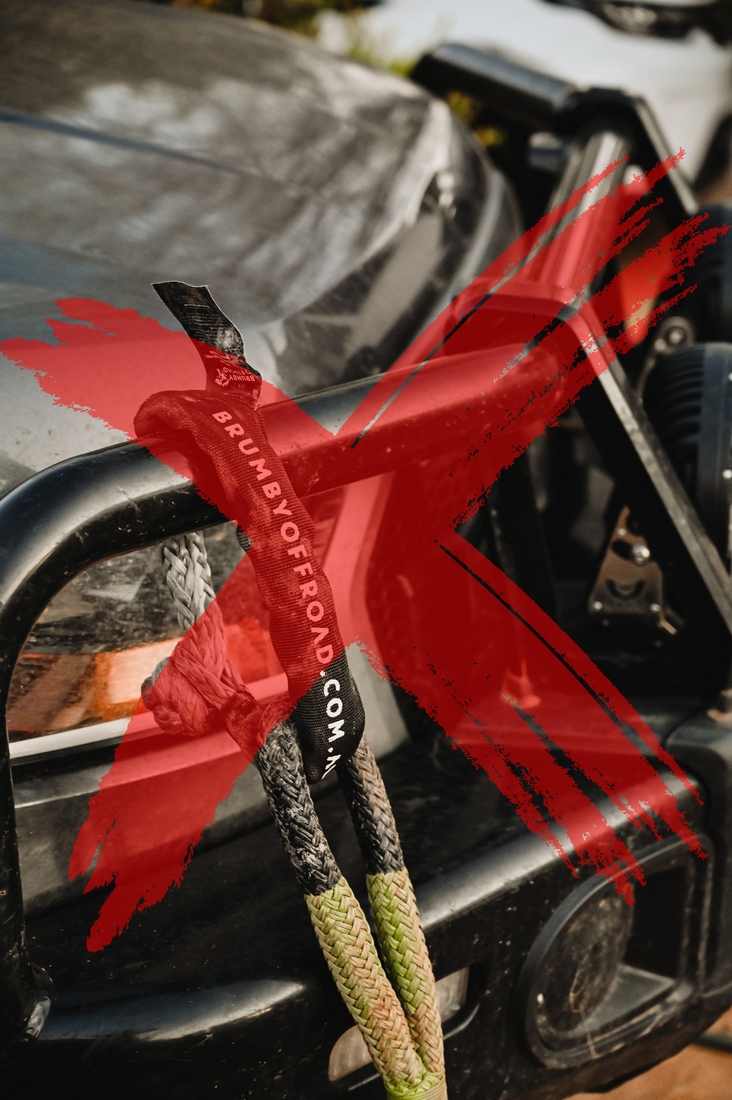How to Perform a Snatch Recovery
Found yourself in a sticky situation? Need a clever and contemporary solution to get you out? A snatch recovery is the way to go.
Safe, Simple and Swift, our kinetic recovery ropes offer a practical solution to free you from even the stickiest of situations.
But what is a snatch recovery? And how does it differ from a regular tow recovery?
A snatch/kinetic energy recovery is an effective technique for pulling a bogged vehicle free by using another mobile vehicle. It differs from a normal tow recovery because the line connecting the two vehicles is not tensioned prior to the recovery, instead, a snatch recovery relies on the elastic properties of the rope to work properly. The effectiveness of this technique will depend significantly on the quality of rope you’re using, so rest assured you won’t need to look any further than Brumby Offroad’s range of the highest quality kinetic recovery ropes.
How do I perform a snatch recovery?
Follow Brumby Offroad’s step by step guide to performing a snatch recovery for the safest and most effective method for freeing your stuck vehicle:
1. Verify your equipment is adequate for use and in good condition: A Kinetic Recovery Rope should be sized such that the Minimum Tensile Strength (MTS or ‘minimum breaking strength) is roughly 2 to 3 times the Gross Vehicle Weight of the vehicle conducting the recovery. The rope should also be clean and free of visible damage.
Pro tip: Avoid over-exposure to water since it reduces the strength and stretch of the rope.
2. Assess the situation and connect the vehicles: Perform a stuck assessment, evaluate the vehicle position and the terrain variables, whether it is sand, snow, or mud. Then connect the vehicle in distress to the rope using one of your vehicle’s recovery points. Recovery points should be properly welded or bolted to the vehicle chassis. Roll the strap out between the vehicles in an ‘S’ shape, and make sure there are no twists and leave about 2-3 metres slack between the vehicles.
Pro tip: Do not use any vehicle’s tow ball as a recovery point – some people have done that in the past with absolutely disastrous results. Why? Because the tow ball may snap off under the extreme forces at work and then it becomes a projectile, potentially lethal.
3. Tow the stuck vehicle out: The recovery vehicle should gently accelerate, taking up the slack and proceeding at no faster than 10-12kph. For best results the stranded vehicle should be in 1st gear (or 2nd Low), and the driver should assist the recovery by trying to drive out approximately 3 seconds from when the recovery vehicle moves off. If the vehicle is not recovered on the first attempt, check under the stranded vehicle, again, for obstacles, reset the slack in the Recovery Strap and try a little more speed by the recovery vehicle.
Warning: Excessive speed or continual jerking action whilst using a Recovery Strap may result in damage to the recovery point, chassis and drive line of both vehicles.
4. Once the vehicle has been recovered, unhook, and stow the rope.
Safety First:
- Ensure all bystanders are well clear of the area. No person should be within 1.5X the rope length of either vehicle, unless they are inside one of the vehicles.
- NEVER stand between vehicles connected by a Recovery Rope or step over a Recovery Rope once connected – always walk around.
- ALWAYS use rated recovery points; NEVER use a tow ball.
- Clean your Rope with warm water and a mild detergent, allowing thorough drying before storage. Foreign material such as sand and grit can permanently damage the rope fibres.



